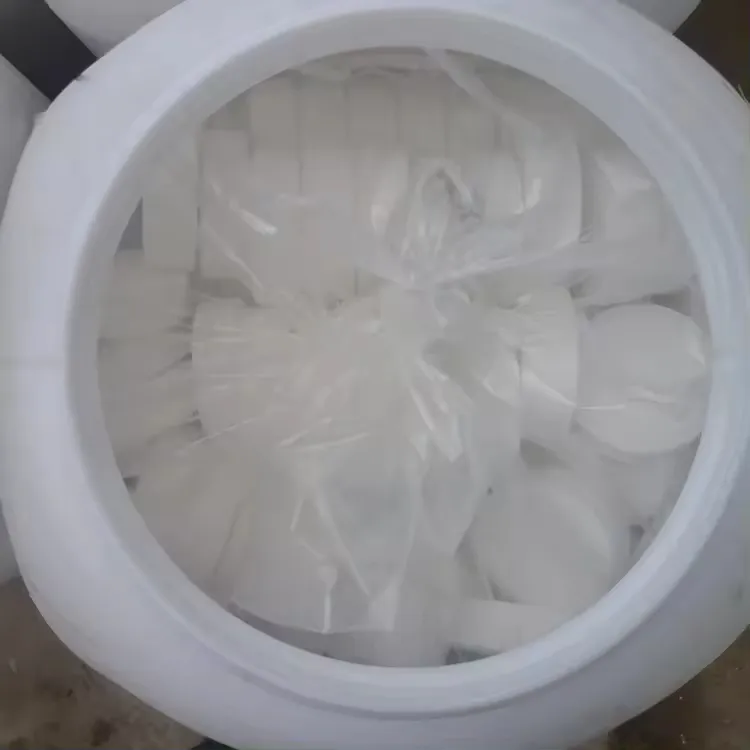



sodium hydroxide solid sds
Sodium Hydroxide Solid Safety Data Sheet (SDS) Overview
Sodium hydroxide, commonly known as caustic soda, is a highly caustic and versatile chemical compound with the formula NaOH. It appears as a white, solid substance that is hygroscopic, meaning it can absorb moisture from the air. This material is widely used across various industries, including chemicals, textiles, paper, petroleum, and food processing, due to its effectiveness as a strong base.
Chemical Properties
Sodium hydroxide is a strong alkaline agent and can neutralize acids, making it essential in many chemical reactions and processes. It is readily soluble in water, producing heat in an exothermic reaction. The resultant sodium hydroxide solution can reach a high pH, typically between 13 and 14, which can be corrosive to materials and biological tissues.
Hazard Identification
According to the Safety Data Sheet (SDS) for solid sodium hydroxide, it is classified as a hazardous material. Key hazards include its corrosive nature, which can cause severe burns to skin and eyes upon contact. Inhalation of sodium hydroxide dust or vapors may lead to respiratory irritation, while ingestion can result in serious internal damage. Therefore, appropriate personal protective equipment (PPE) is essential when handling this chemical.
Health Hazards
The SDS outlines several health hazards associated with sodium hydroxide solid
1. Toxicity Exposure can lead to chemical burns, with severity depending on the concentration and duration of contact. 2. Eye Damage Contact with eyes can result in permanent damage or blindness. 3. Skin Burns Direct contact can cause severe skin burns, which might require medical intervention.
In emergencies, flushing the affected area with copious amounts of water for at least 15 minutes is recommended, followed by immediate medical consultation.
sodium hydroxide solid sds

Environmental Impact
Sodium hydroxide poses a potential risk to the environment. It can raise the pH of water bodies, adversely affecting aquatic ecosystems. The discharge of sodium hydroxide should be regulated and monitored to prevent environmental degradation.
Safe Handling and Storage
Proper handling and storage practices are critical in mitigating the risks associated with sodium hydroxide solid. Workers should utilize suitable PPE, including gloves, goggles, and protective clothing, to safeguard against contact. When handling, it is advised to work in a well-ventilated area or under a fume hood to minimize inhalation risks.
Sodium hydroxide should be stored in a cool, dry place, away from incompatible materials such as acids and organic compounds. Containers must be tightly sealed to prevent moisture absorption, which can lead to hazardous reactions.
First Aid Measures
In case of exposure to sodium hydroxide solid, immediate first aid measures are crucial. For skin contact, remove contaminated clothing and rinse the affected area with plenty of water. In case of eye contact, flush the eyes with water for at least 15 minutes and seek medical attention immediately.
Conclusion
Sodium hydroxide solid plays a pivotal role in various industrial applications, owing to its strong alkaline properties. However, its hazardous nature demands strict adherence to safety protocols outlined in the Safety Data Sheet. Understanding the risks and implementing appropriate safety measures can prevent accidents and ensure a safe working environment when handling this potent chemical. Continuous education and training on the safe use of sodium hydroxide solid are essential for all personnel involved in its handling and application.
-
Why Sodium Persulfate Is Everywhere NowNewsJul.07,2025
-
Why Polyacrylamide Is in High DemandNewsJul.07,2025
-
Understanding Paint Chemicals and Their ApplicationsNewsJul.07,2025
-
Smart Use Of Mining ChemicalsNewsJul.07,2025
-
Practical Uses of Potassium MonopersulfateNewsJul.07,2025
-
Agrochemicals In Real FarmingNewsJul.07,2025
-
Sodium Chlorite Hot UsesNewsJul.01,2025










